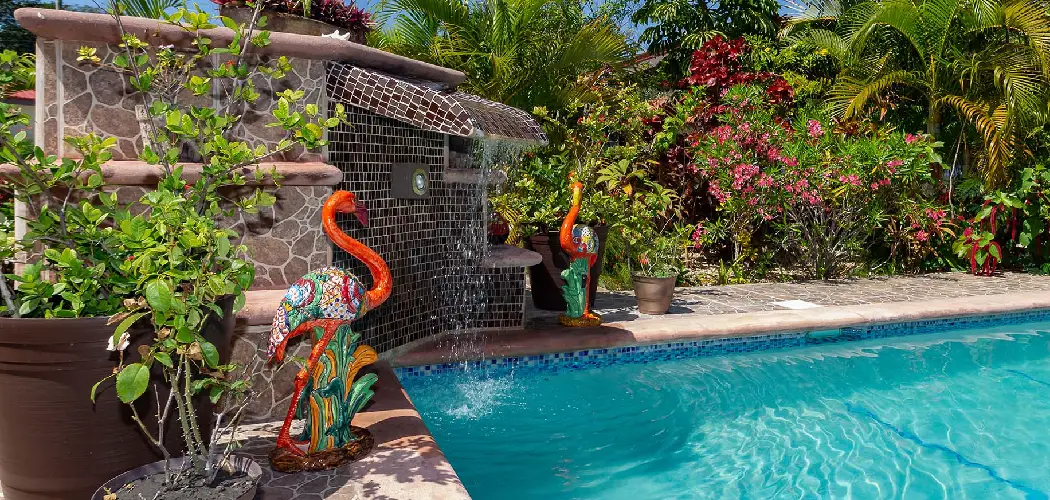If you are the proud owner of a pool, then you know how important it is to keep the water clean and clear.
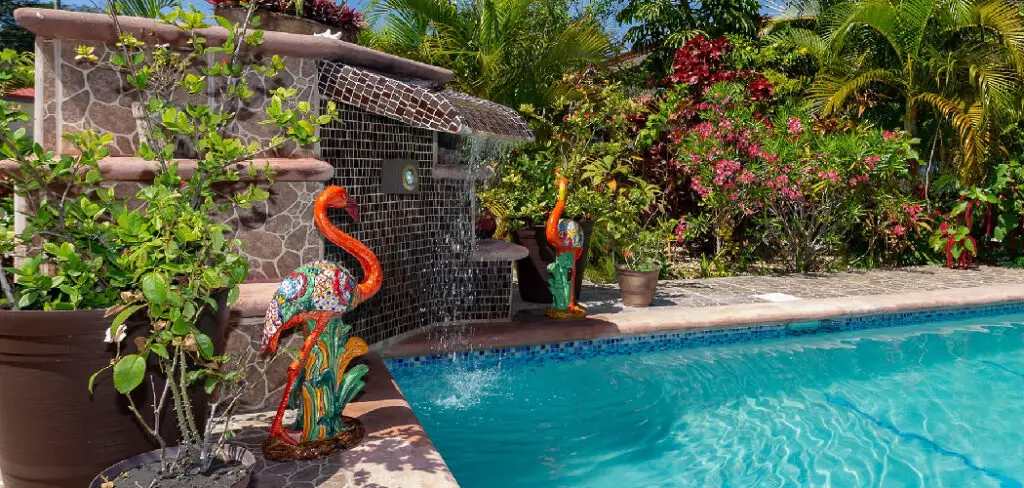
But what do you do if you don’t have access to city water? Using well water can be an excellent alternative, but there are a few things you need to know before getting started. Let’s break down the steps of how to fill pool with well water.
Can You Fill the Pool with Well Water?
While there is no definitive answer to the question of whether or not a pool can be filled with well water, it is important to remember that many chemicals and minerals exist in well water that can have adverse effects on both people and places.
For instance, a high calcium content in the well water might alter pH levels or leave buildup on surfaces like liner walls or pool tiles. Furthermore, some substances within well water may harm aquatic organisms and destabilize the environment of a swimming pool.
It is always best to err on the side of caution and consult an experienced professional when deciding whether to use well water for filling a pool.
Why Should You Fill the Pool with Well Water?
Filling a pool with well water may seem like an unusual choice, but there are many benefits. Using the well water can save a lot of money in the long run, as it is generally cheaper than buying in bulk from a local supplier. Furthermore, using well water can also help reduce water waste since the pool won’t need to be filled as often as one that uses municipal water.
Plus, pool owners benefit from greater peace of mind knowing that their pools do not rely on outside sources for their water supply, especially when experiencing droughts or other unfortunate events.
All things considered, filling the pool with well water is a smart choice for those who want to keep costs low, conserve resources and feel secure about having a dependable water source.
7 Steps to Follow on How to Fill Pool with Well Water
Step 1: Test Your Well Water Quality
Before you fill your pool with well water, it’s important to ensure the water quality is suitable for swimming. Test your well water periodically throughout the year to ensure that it meets your local drinking and swimming standards. It’s also important to note that some areas may require additional testing or treatment in order for the pool-filling process to be approved. Make sure you understand your local laws and regulations before proceeding.
Step 2: Treat Your Well Water
Once you have determined that your well water is safe for swimming, it’s time to treat it appropriately so that it won’t damage your pool equipment or affect the swimming experience.
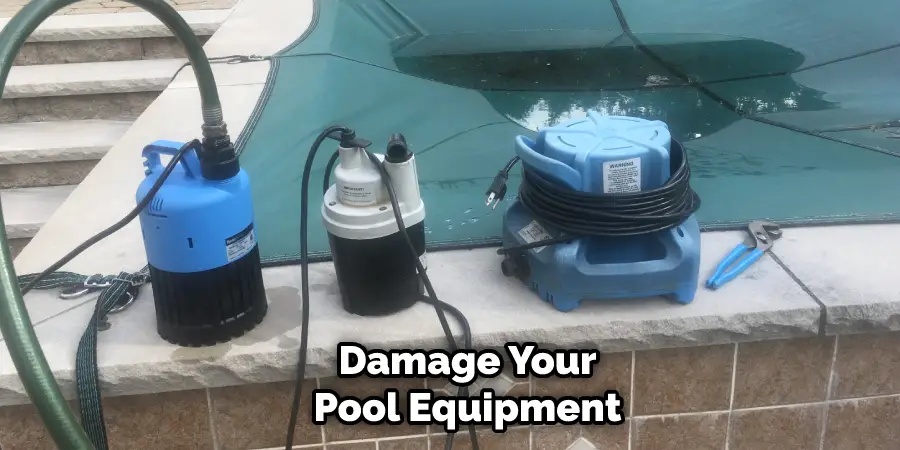
A good rule of thumb is adding one pound of borax per 10,000 gallons of well water to reduce alkalinity levels and prevent scale buildup on equipment and surfaces. You may also want to consider adding chlorine or other chemical treatments if needed in order to keep bacteria levels low enough for safe swimming conditions.
Step 3: Fill Up The Pool
Once you have tested and treated your well water appropriately, you can fill the pool! Depending on how large your pool is, this could take several hours or even days, depending on how much pressure is available from your system.
Be sure to monitor the filling process carefully since any changes in pressure could cause issues with overfilling or leaking from the tank/pump area. Also, if at any point during this step there are signs of contamination (e.g., discoloration or strange odors), stop immediately and contact a professional before continuing with filling up the pool.
Step 4: Monitor pH Levels
Once your pool is filled up, it’s important to keep an eye on the pH levels to ensure they are suitable for swimming. Ideally, you should aim for a pH level between 7.2 and 7.4; any higher or lower than this could cause skin irritation or other health concerns.
Test the pH levels with a testing kit, and make any necessary adjustments by adding chlorine or muriatic acid to your pool water.
Step 5: Adjust The Chlorine Levels
Chlorine is essential for keeping bacteria levels low in order to ensure safe swimming conditions. You can purchase chlorine in tablet, granular, or liquid forms, depending on how you prefer to handle it. Monitor and adjust the chlorine levels regularly throughout the season to ensure they are sufficient to keep bacteria levels low.
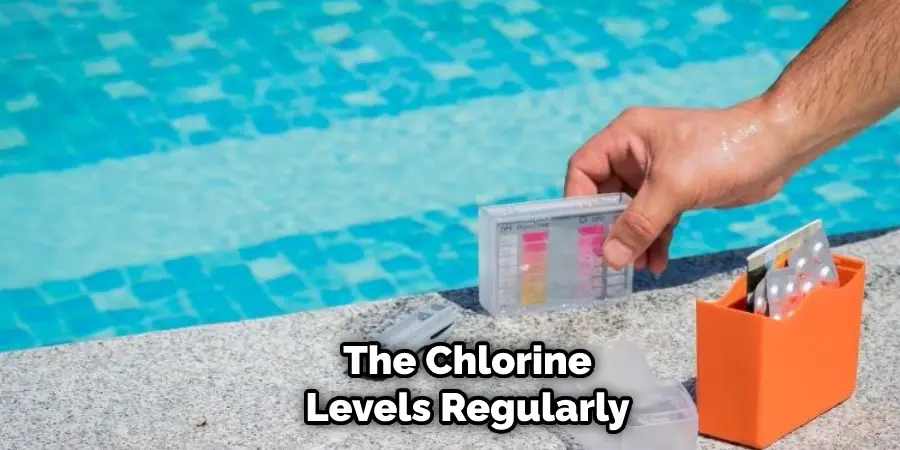
Step 6: Test The Water Regularly
Regular pool water testing is essential for keeping swimming conditions safe and healthy. Make sure to test the water at least once a week and adjust chlorine levels as needed based on your results. Be aware of any trends in your readings, and ensure that you address any issues immediately by either adjusting chemicals or calling a professional if needed.
Step 7: Enjoy The Pool!
Now that you’ve filled up your pool with well water and taken all of the necessary steps to ensure a safe swimming environment, you can relax and enjoy the summer! Be sure to continue testing and adjusting levels as needed throughout the season in order to keep things running smoothly.
That’s it! You’ve now learned how to fill pool with well water safely and properly. Now you can start enjoying the summer season in your own backyard oasis!
Things You Need to Know Before Filling Pool with Well Water
Before trying to fill your pool with well water, it’s important to consider a few key things. First, the water you use must be safe and within the chemical standards of your local health regulations – if not, it would be unsafe to swim in.
Second, make sure to clean or filter the water before adding it to your pool. Well, water is often full of minerals that can damage your pool’s structure over time if they build up as sediment on its bottom.
Lastly, an additional pump may be necessary if you don’t already have one in order to safely move the water from where it’s collected into your pool without risk of contamination from something like runoff from nearby landscaping. Keeping these points in mind will help you ensure a healthy and successful filling of your pool with well water.
Benefits of Filling Pool with Well Water
For homeowners with access to a well on or near their property, filling a pool with well water is an efficient and cost-effective way to keep the pool clean and usable all summer long.
The biggest benefit of using well water for a pool is the ability to naturally filter it and ensure that it is free of potentially harmful chemicals or other substances often found in municipal water supplies.
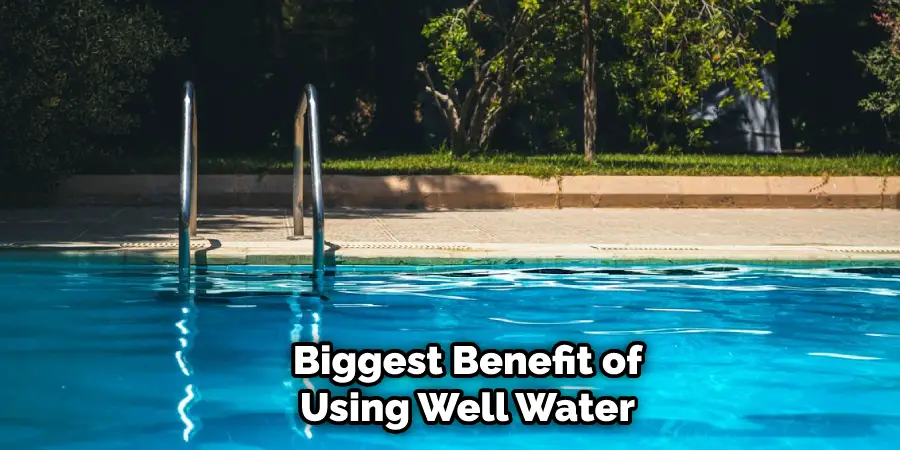
Additionally, the choice to use your own well reduces reliance upon municipal services for sanitation and eliminates their associated costs, such as additional energy consumption or chemical additives needed for tap water.
In order to get started using your own well, you should consult a professional to make sure it meets health codes, as well as determine if any type of treatment system is necessary prior to filling your pool.
Some Common Mistakes People Make When Trying to Filling Pool with Well Water
One of the most common mistakes people make when trying to fill up their pool with well water is submitting incorrect documentation. This can lead to a delay in processing the request and can cause frustration for both parties.
Additionally, if the paperwork doesn’t provide accurate information, such as checking off the wrong boxes or not specifying the required volume of water needed, it won’t be approved.
Another mistake is forgetting to check that your pump and filters are functioning efficiently before filling a pool. If they’re not working correctly, it could lead to pumps clogged with debris and possibly overloading other components like valves, which could create costly issues for pool owners.
It’s important to ensure everything is running in tip-top shape before beginning any job using well water.
How Do I Know How Much Chlorine to Add when Filling My Pool with Well Water?
Knowing how much chlorine to add when filling a pool with well water can be intimidating. While professional swimming pool services typically suggest weekly testing and regular maintenance, there is simple math that can help the homeowner decide the amount of chlorine needed for the initial filling.
The key is to test pH levels in the water before adding any chemicals and then adjust accordingly by multiplying pounds of chlorine by 10 to equal gallons necessary for a 10,000-gallon pool. Always use caution when dealing with pool chemicals, and make sure to read all directions before beginning an adjustment process.
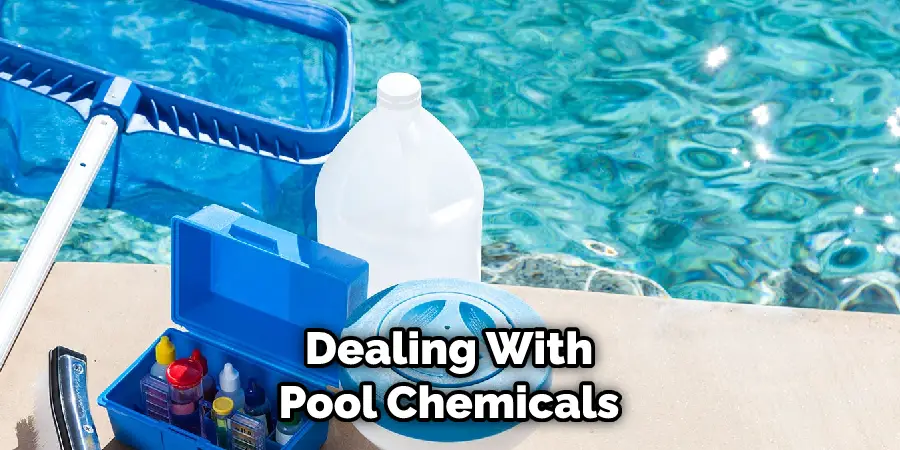
It’s best to start out conservatively and gradually introduce more if needed. With practice, getting the right levels becomes second nature and ensures a safe swimming environment.
Conclusion
Filling up a pool with well water can be an effective way to save money while ensuring safe swimming conditions for everyone using it. Always test your well-water quality before beginning this process, as some areas may require additional testing or treatments before use in a public swimming environment, like a residential backyard pool.
With these tips in mind, filling up a backyard oasis with natural spring-like waters will be easy! Thanks for reading our post about how to fill pool with well water.
About
Outdoor Fixes is a distinguished figure in the world of Diy design, with a decade of expertise creating innovative and sustainable Diy solutions.
His professional focus lies in merging traditional craftsmanship with modern manufacturing techniques,
fostering designs that are both practical and environmentally conscious. As the author of diy,
outdoorfixes delves into the art and science of outdoorfixes-making, inspiring artisans and industry professionals alike.
Education RMIT University
(Melbourne, Australia) Associate Degree in Design (Outdoor Fixes) Focus on sustainable design, industry-driven projects,
and practical craftsmanship. Gained hands-on experience with traditional and digital manufacturing tools, such as CAD and CNC software.
Nottingham Trent University
(United Kingdom) Bachelor’s in outdoorfixes.com and Product Design (Honors) Specialized in product design with a focus on blending creativity with production
techniques. Participated in industry projects, working with companies like John Lewis and Vitsoe to gain real-world insights.
Publications and Impact
In diy, Outdoor Fixes his insights on indoor design processes, materials, and strategies for efficient production.
His writing bridges the gap between artisan knowledge and modern industry needs, making it a must-read for both budding designers and seasoned professionals.

